Dahlonega Camellia Japonica – 3 Gallon Pot
$79.97 Original price was: $79.97.$55.98Current price is: $55.98.
SKU: D2LSC 8409079569 Categories: Camellias, SHRUBS & BUSHES
- Experience the difference quality makes.
- Buy with Peace of Mind
- Free Shipping, No Compromise on Quality
- High quality products, hassle-free returns.

Dahlonega Camellia
Camellia japonica ‘Dahlonega’
Plant Details
USDA Plant Hardiness Zones: 7a-10b Find Your Zone
Plant Type: Evergreen Flowering Shrub
Species: Camellia japonica
Height at Maturity: 6-10′ depending on pruning
Width at Maturity: 6-8′
Spacing: 5-6′ for solid hedges; 12’+ for space between plants
Spacing: 5-6′ for solid hedges; 12’+ for space between plants
Flower Color: Cream White to Soft Yellow
Flower Size: 3-4″
Flowering Period: Early Spring to Mid Spring
Flower Type: Full Double
Fragrant Flowers: –
Foliage Color: Dark Green
Fragrant Foliage: No
Berries: No
Berry Color: NA
Attracts: Visual Attention
Sun Needs: Morning Sun with Afternoon Shade or Filtered Sun, All Day Filtered Sun
Water Needs: Average, Lower when established
Soil Type: Clay (amended), Loam, Sand (amended), Silt
Soil Moisture / Drainage: Well Drained Moist
Soil pH: 5.0 – 6.5 (Acid)
Maintenance / Care: Low
Resistances: Deer, Drought (when established), Heat, Humidity
Intolerances: Direct Afternoon Sun, Constantly Soggy Soil
Description
Developed in 1986 by Dr. Walter Homeyer of Macon, Georgia, one of the most outstanding camellia hybridizers of modern times, ‘Dahlonega’ sports the closet to yellow flowers of any Camellia japonica. A later season bloomer in early to mid spring, the abundant flowers open from rose-like buds in waves over a long bloom period. Color ranges from shades of antique to creamy white and soft yellow fading to more yellow as the flower ages. The later it blooms, the more yellow the flowers, and they stand out remarkably well against the lustrous, deep green foliage. The outer petals tend to flatten out and tilt slightly backward while the center petals tend to cup forward upon first opening and flatten out with age.
Landscape & Garden Uses
Growing 6 to 10 feet tall and 6 to 8 feet wide, the Dahlonega Camellia can be grown as a shrub or small tree. As a shrub it is ideal for use as a specimen, in groupings or as a hedge or background plant in landscape borders and is especially nice as a corner plant or espalier (trained to grow flat against a wall) in home foundation plantings. As the plant grows taller lower branches can be removed to form a highly attractive, small evergreen tree that serves well as an colorful focal point specimen in landscape borders and home foundation plantings. A fine addition to camellia gardens, white or yellow theme gardens, Asian gardens, cottage gardens, cut flower gardens and woodland borders. Also suitable for containers that can be brought indoors during winter for those who live above USDA Zone 7a, where this variety is not winter hardy. Find Your Zone
Suggested Spacing: 5 to 6 feet apart for solid hedge; 12 feet or more apart for space between plants
Growing Preferences
Camellia adapt well to various soil types however prefer a moist but well-drained acidic soil that is rich in organic matter. Constantly soggy soil is a slow killer. In general, Camellia grows and blooms better in partial shade with some shelter from the hot afternoon sun. Morning sun with afternoon shade or filtered sunlight is perfect. All-day filtered sun is fine.
Helpful Articles
Click on a link below to find helpful advice from our experts on how to plant, fertilize, prune and water Camellias.
- Planting Camellias
- Pruning Camellias
- How To Fertilize & Water Camellias
- How To Espalier Plants & Trees
*Espalier (pronounced: ih-spal-yay) …an ornamental shrub or tree that has been trained to grow flat against a wall, fence, or other vertical, flat surface.
Plant Long & Prosper!
Meet The Wilson Brothers & Staff
Questions? Contact Us
Be the first to review “Dahlonega Camellia Japonica – 3 Gallon Pot” Cancel reply
Related products
Sale!
SHRUBS & BUSHES
Sale!
Sale!
SHRUBS & BUSHES
Frontier Gold Aromi Azalea (Rhododendron Hybrid) – 1 Gallon Pot
Sale!
SHRUBS & BUSHES
Sale!
Boxwood
Sale!
SHRUBS & BUSHES
Sale!
Hydrangeas
Sale!
SHRUBS & BUSHES

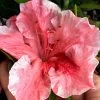
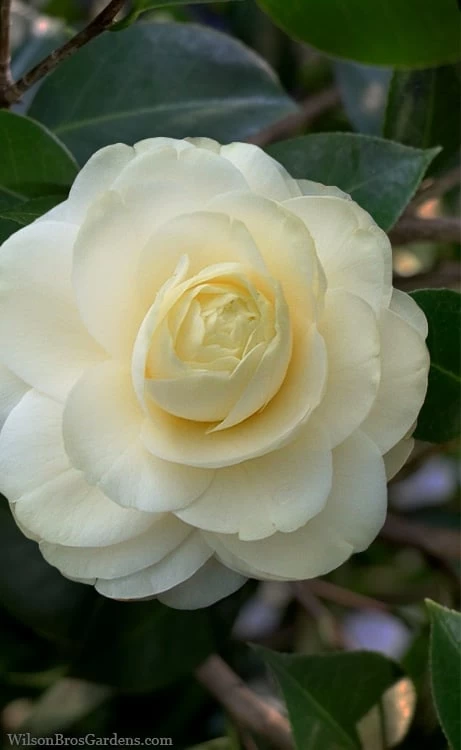



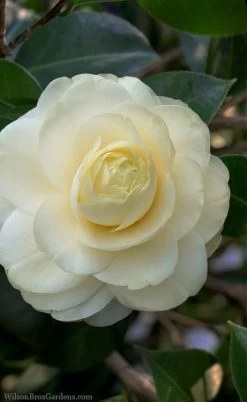






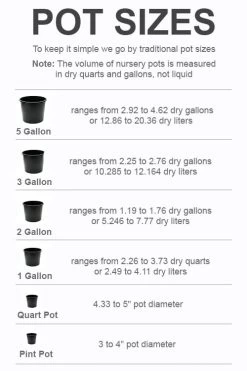




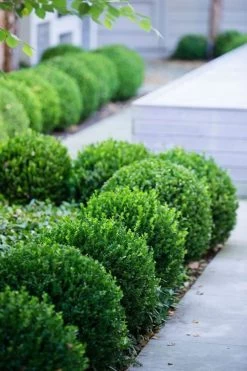


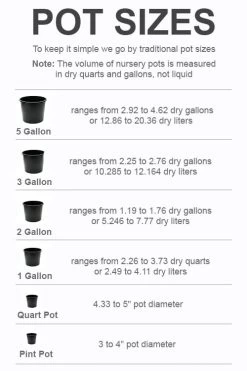
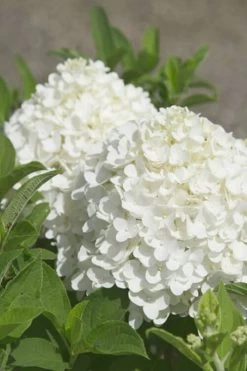



Reviews
There are no reviews yet.